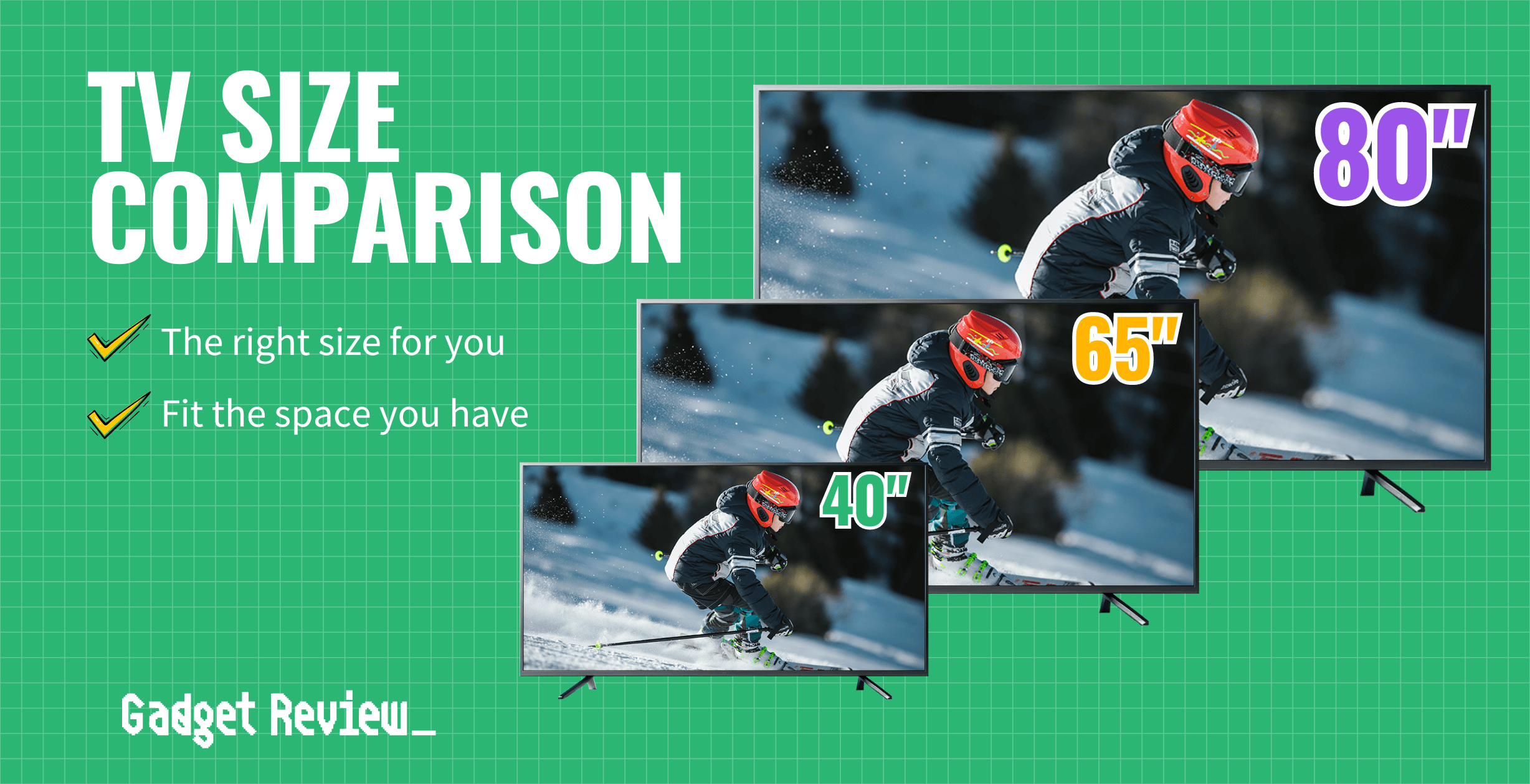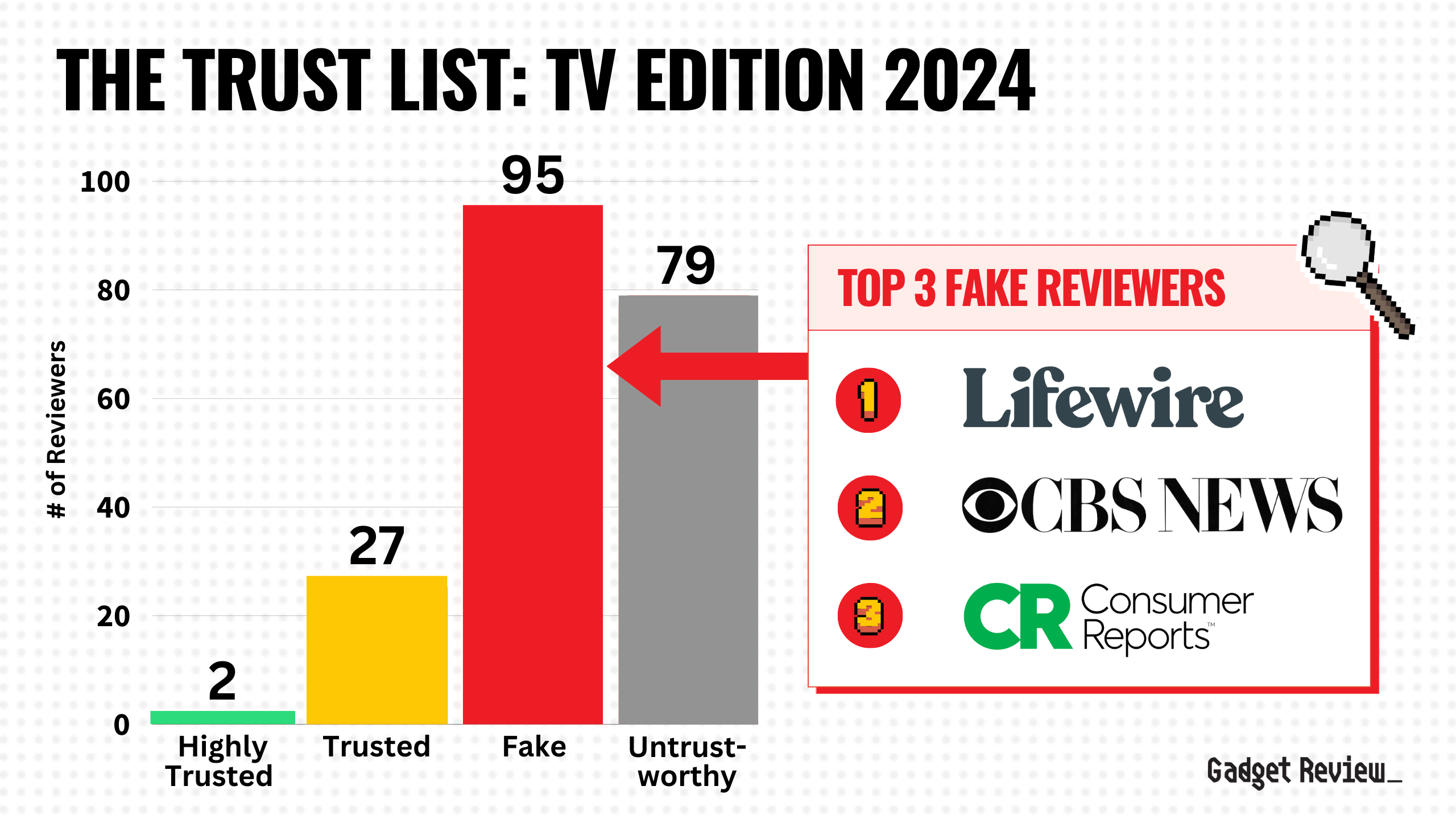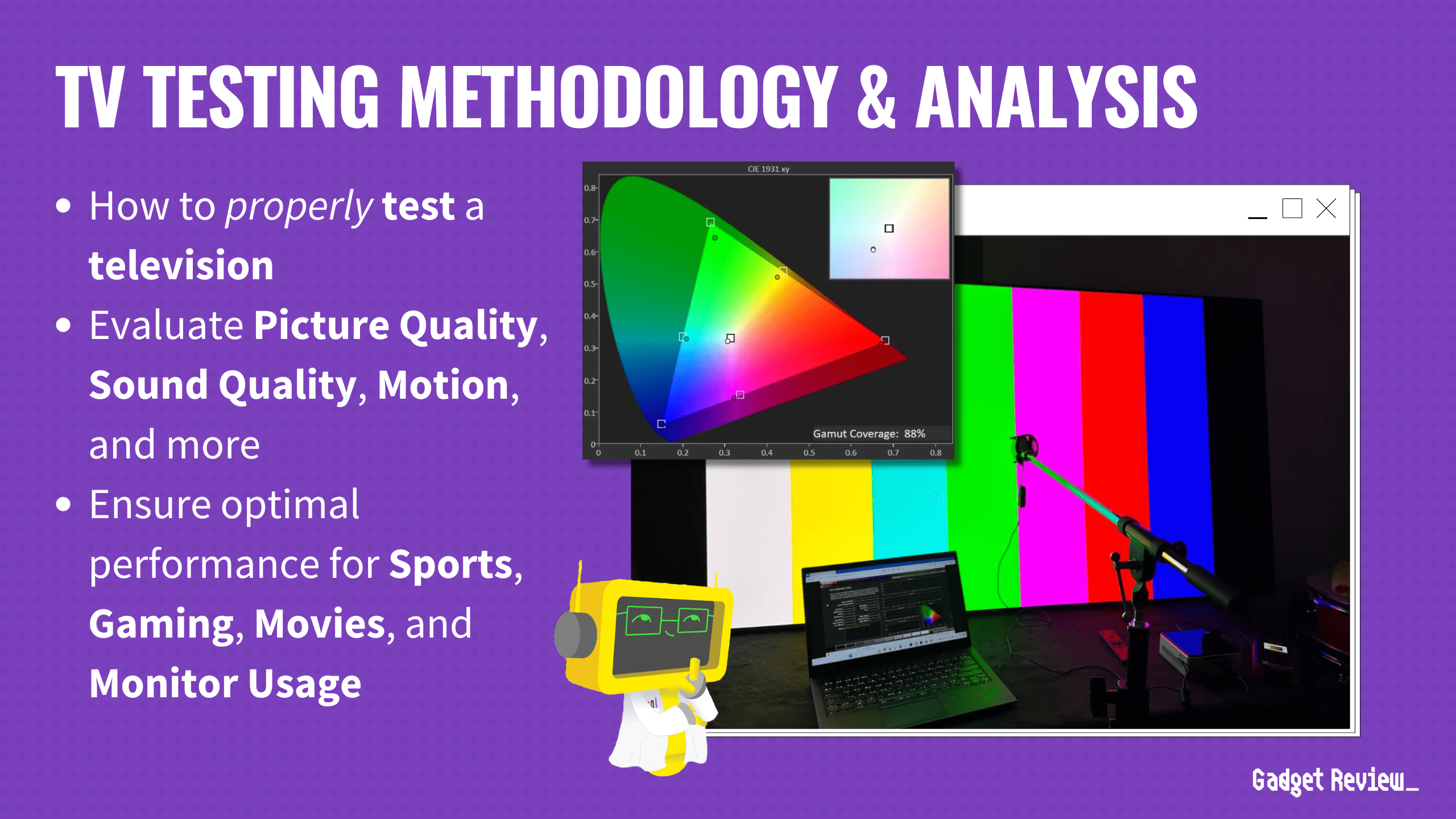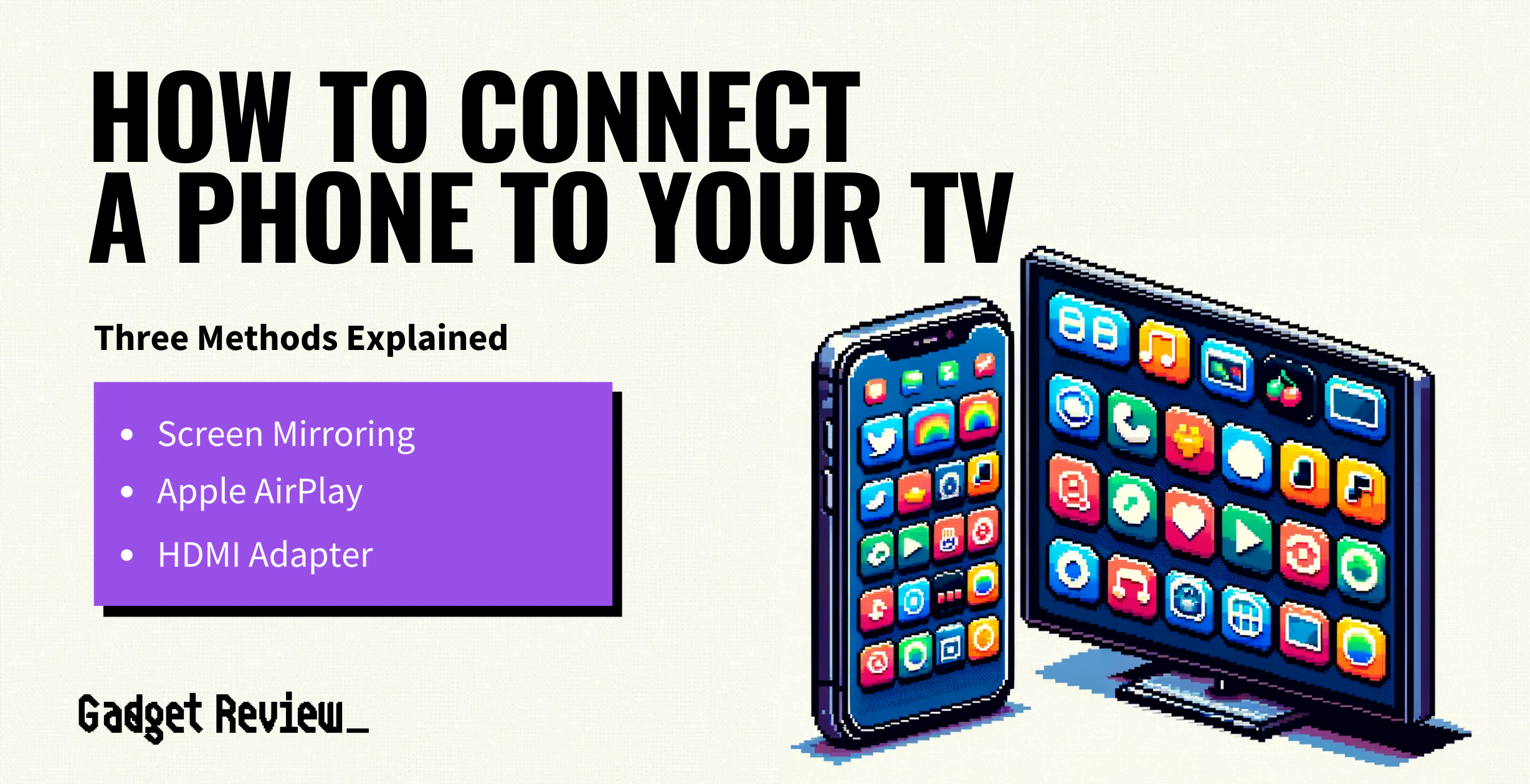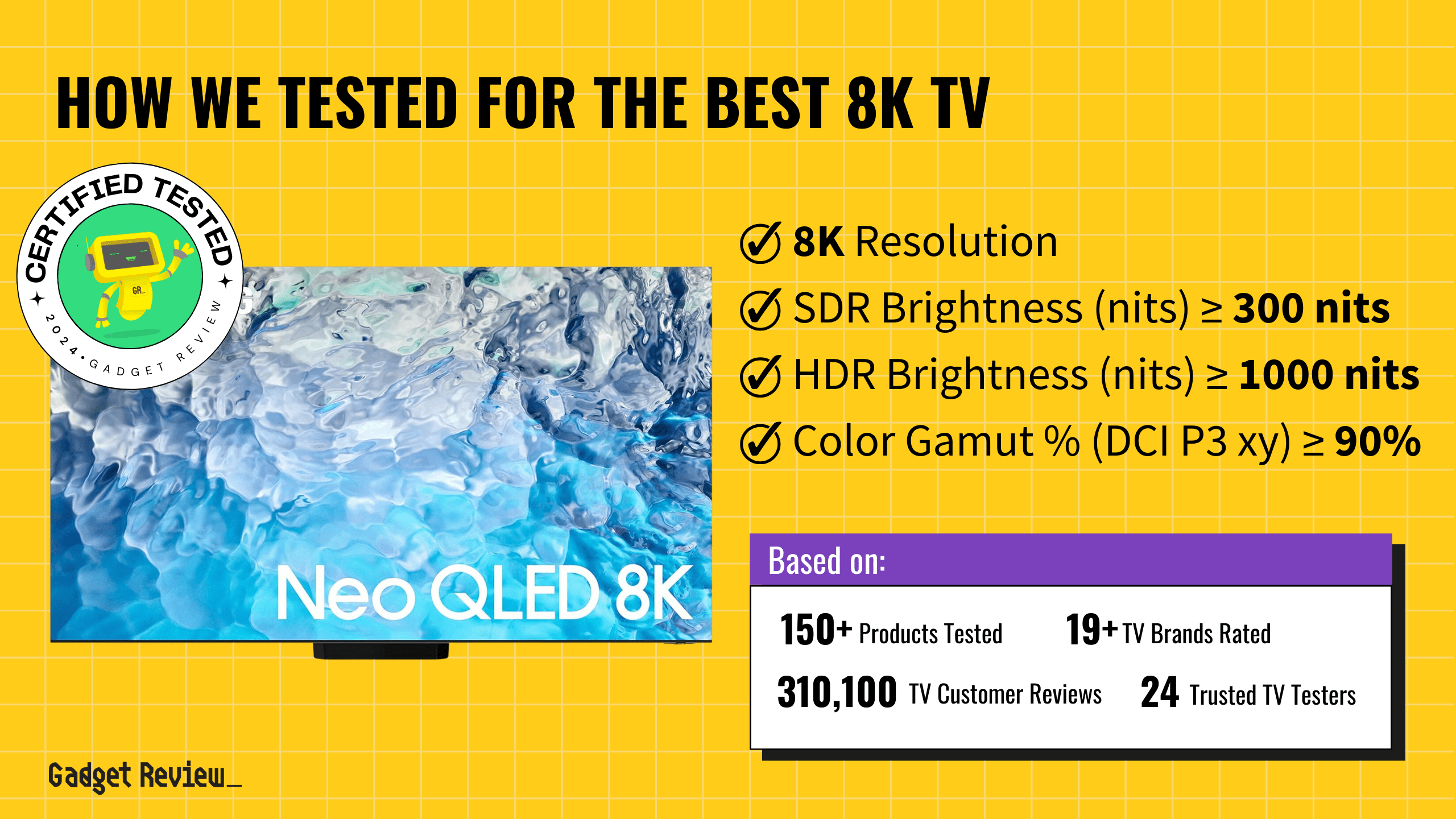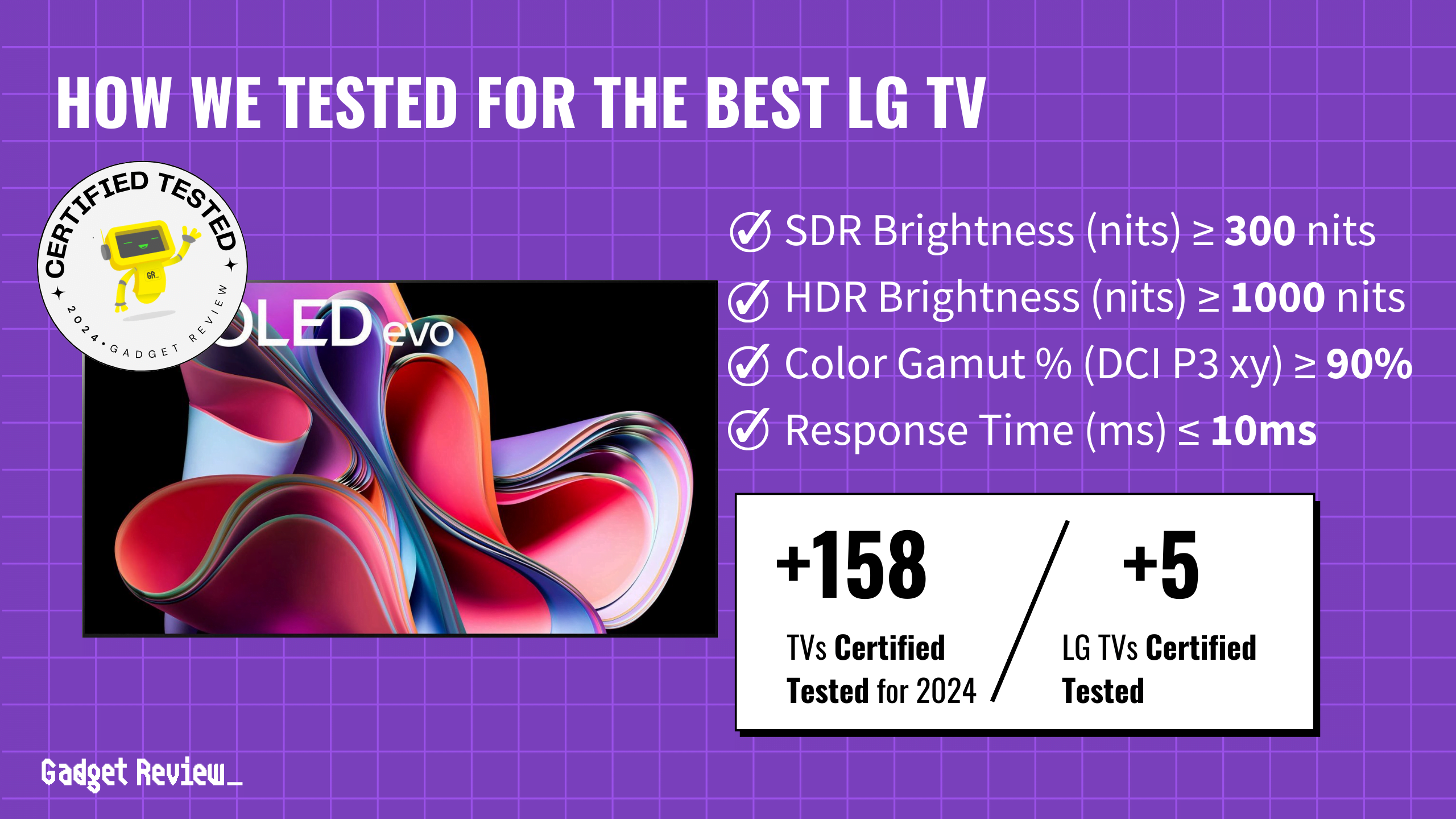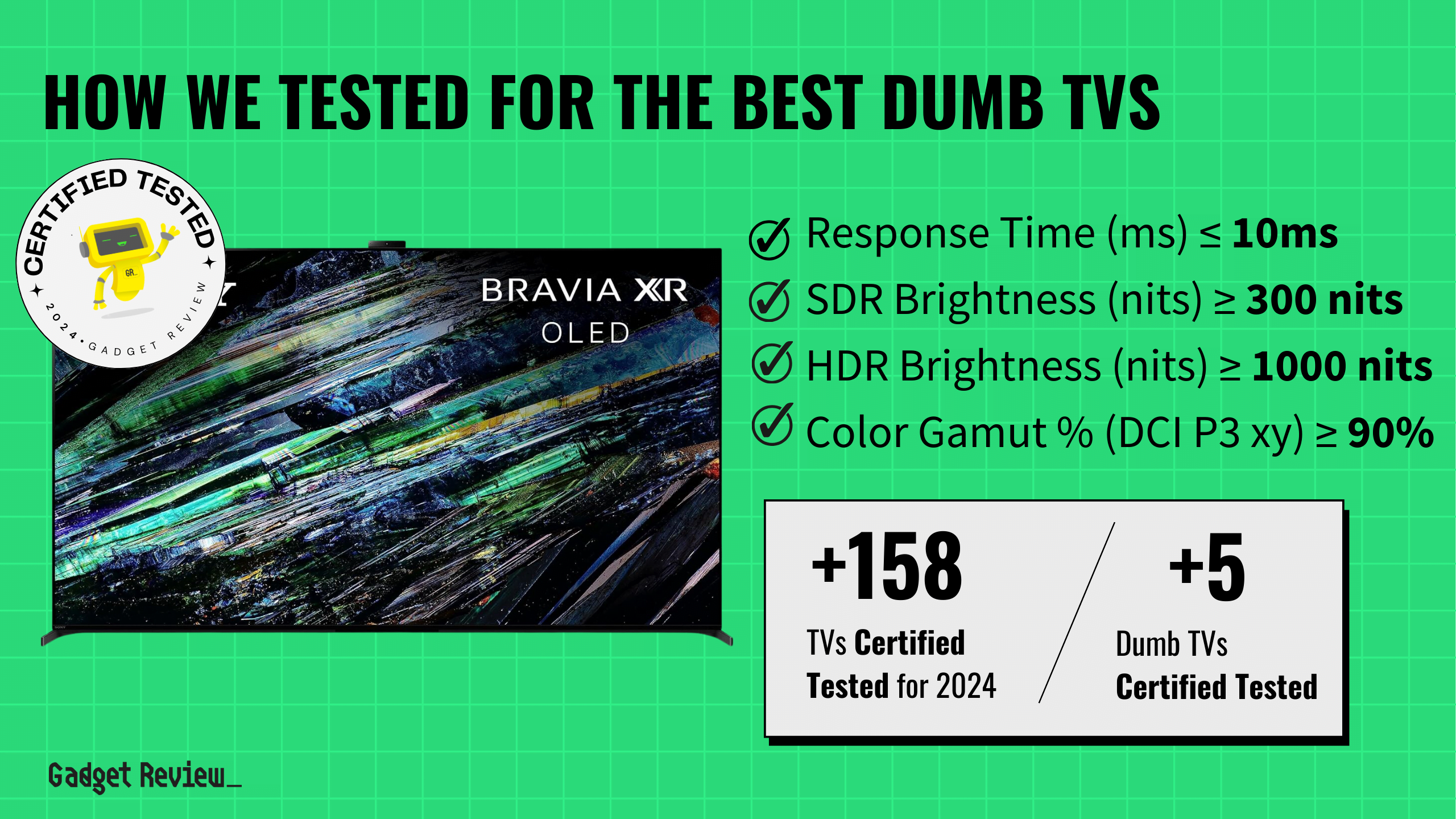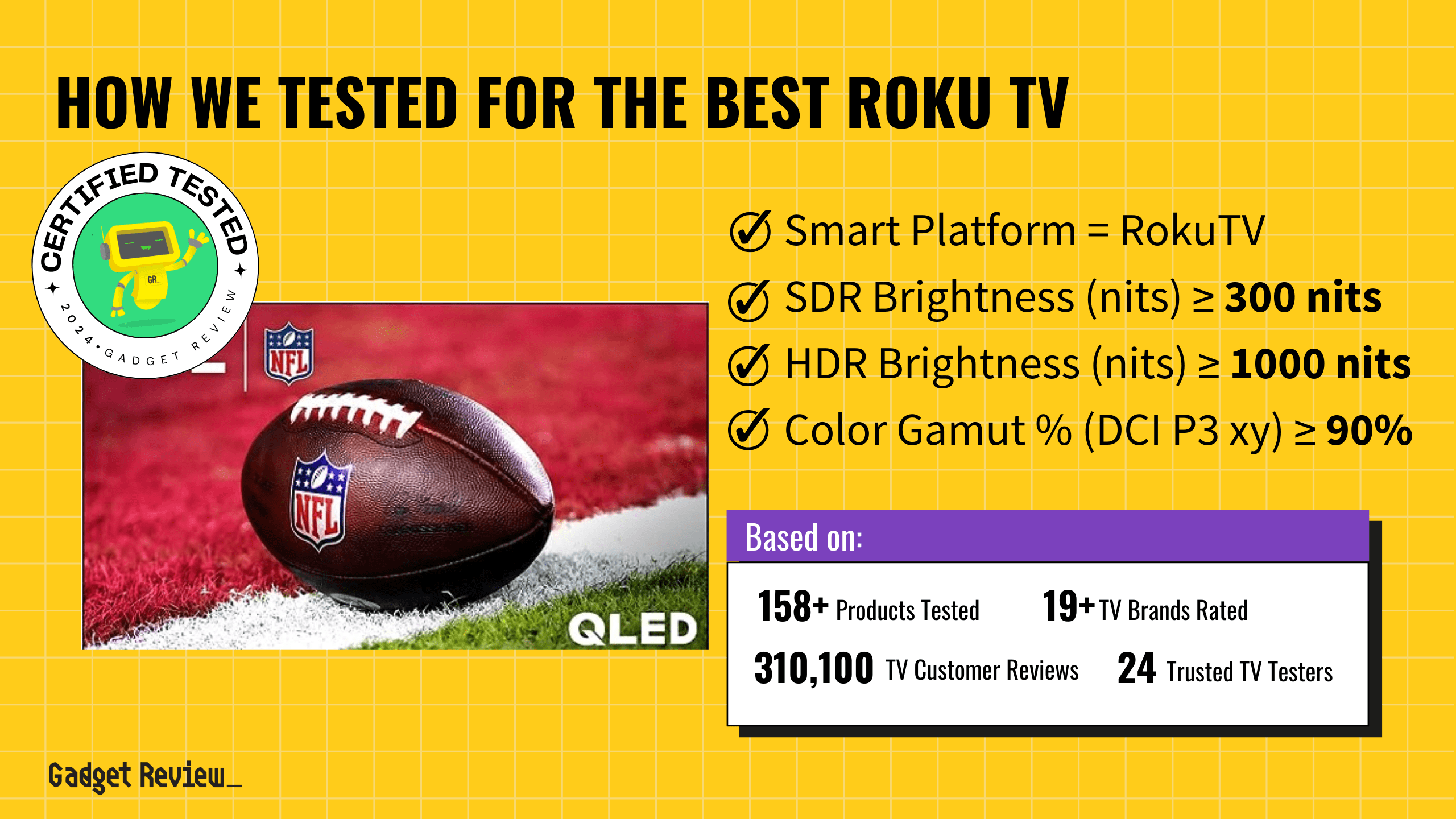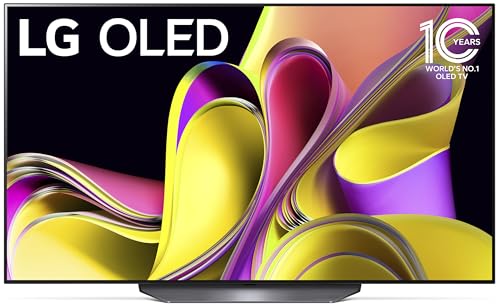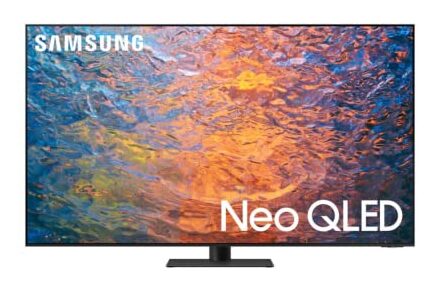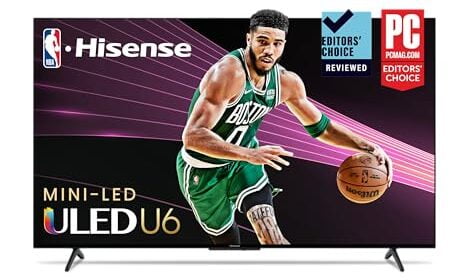If you are new to the world of personal displays, you may look to conduct a TV screen size comparison. Each one of the best televisions, after all, is available in numerous screen sizes, with its own pros, cons, and preferred use case scenarios. So what is the ideal size for you, and how do you determine which TV to buy? Keep reading to find out.
Key Takeaways_
- Purchase the TV size based on your viewing distance so you optimize your field of view
- THX recommend multiple your TV size (e.g. 65″) by 1.2 and 1.6 times to get the low and the high.
- Smaller TVs tend to be cheaper and can allow you to sit closer, while larger TVs will fill up your field of view better for a more immersive experience.
- The cost of larger TVs rises drastically with size, especially for newer display technologies like OLED.
TV Display Size Comparison
Because TVs are measured on the diagonal of their screens, a “40-inch” TV actually measures about 34.9 inches wide and 19.6 inches high. Do note, however, that this assumes the most common 16:9 aspect ratio for a display; different aspect ratios will result in different calculations from the same diagonal measurement. More common measurements are detailed in the table below:
| Screen Size | Length | Height |
|---|---|---|
| 32″ | 27.9″ | 15.7″ |
| 40″ | 34.9″ | 19.6″ |
| 55″ | 47.9″ | 26.9″ |
| 65″ | 56.6″ | 31.8″ |
| 75″ | 65.3″ | 36.7″ |
In addition to the physical restrictions of your space, you’ll also want to consider TV size vs the size of your room when selecting a model.
warning
TV width and length measurements do not account for any outer bezel that may be on the TV.
Thankfully most TVs come in a series now that will have the same or very close specs in a range of sizes, so you can get the one that will fit your needs best. For instance, the Samsung QN9DA ranges from a 50-inch model to an 85-inch; similarly, the Sony A9G comes in 55″, 65″, and 77″ sizes.
Installing a Larger TV
Larger TVs are more difficult to place, thanks to their increased size, bulk, and weight. Smaller models are your best friend if you’re installing alone and don’t have a helping hand to assist in the installation. Fitting anything above 50 or 55 inches into a restrictive space could make for a frustrating experience as well, whether you’re limited by the TV’s location or your optimal seating distance.
The Cost of Bigger TVs
Unfortunately, the bigger the screen, the bigger the drain on your bank account. This is especially true when considering newer display technologies like OLED. Just like with older LED models, ever-changing technology will cause those prices to fall once they are easier to manufacture. However, you should be able to find a TV that fits your needs in a variety of budget ranges.
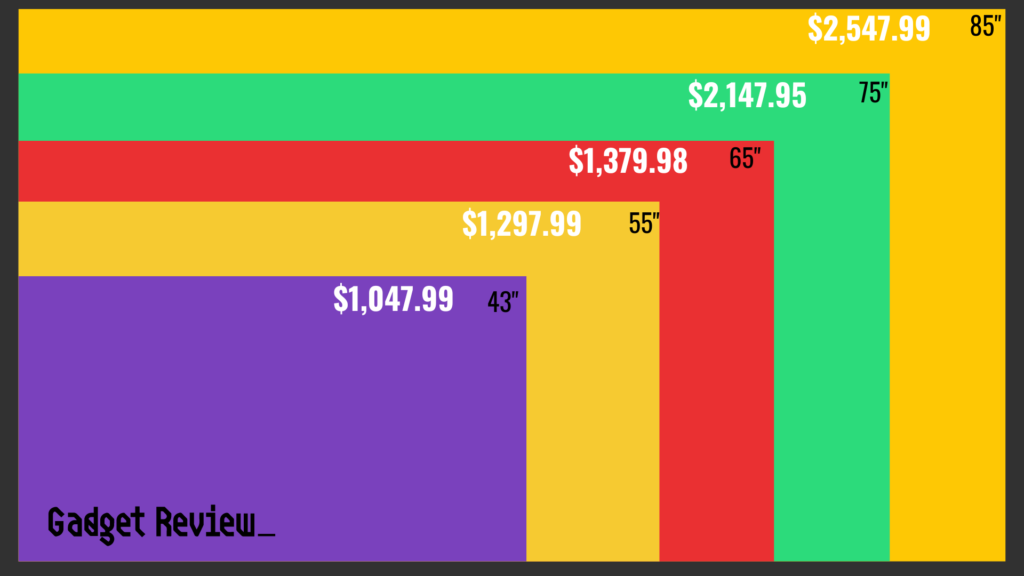
Operating costs can also be higher over time, depending on the technology powering the TV. Overall, if you’re dead-set on a larger-than-average television, expect to pay a much higher price when compared to smaller sets.

